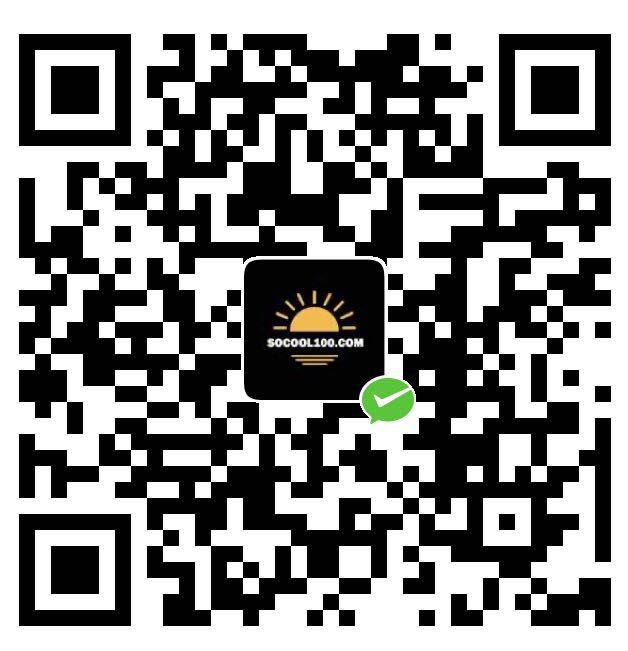2017年10月21日雅思阅读真题+题目+答案:Thomas Young:The Last True Know-It-All
2017年10月21日雅思阅读真题+题目+答案:Thomas Young:The Last True Know-It-All
A Thomas Young (1773-1829) contributed 63 articles to the Encyclopedia Britannica, including 46 biographical entries (mostly on scientists and classicists) and substantial essays on "Bridge,” "Chromatics," "Egypt," "Languages" and "Tides". Was someone who could write authoritatively about so many subjects a polymath, a genius or a dilettante? In an ambitious new biography, Andrew Robinson argues that Young is a good contender for the epitaph "the last man who knew everything." Young has competition, however: The phrase, which Robinson takes for his title, also serves as the subtitle of two other recent biographies: Leonard Warren's 1998 life of paleontologist Joseph Leidy (1823-1891) and Paula Findlen's 2004 book on Athanasius Kircher (1602-1680), another polymath.
B Young, of course, did more than write encyclopedia entries. He presented his first paper to the Royal Society of London at the age of 20 and was elected a Fellow a week after his 21st birthday. In the paper, Young explained the process of accommodation in the human eye on how the eye focuses properly on objects at varying distances. Young hypothesized that this was achieved by changes in the shape of the lens. Young also theorized that light traveled in waves and he believed that, to account for the ability to see in color, there must be three receptors in the eye corresponding to the three "principal colors" to which the retina could respond: red, green, violet. All these hypothesis were subsequently proved to be correct.
C Later in his life, when he was in his forties, Young was instrumental in cracking the code that unlocked the unknown script on the Rosetta Stone, a tablet that was "found" in Egypt by the Napoleonic army in 1799. The stone contains text in three alphabets: Greek, something unrecognizable and Egyptian hieroglyphs. The unrecognizable script is now known as demotic and, as Young deduced, is related directly to hieroglyphic. His initial work on this appeared in his Britannica entry on Egypt. In another entry, he coined the term Indo-European to describe the family of languages spoken throughout most of Europe and northern India. These are the landmark achievements of a man who was a child prodigy and who, unlike many remarkable children, did not disappear into oblivion as an adult.
D Born in 1773 in Somerset in England, Young lived from an early age with his maternal grandfather, eventually leaving to attend boarding school. He had devoured books from the age of two, and through his own initiative he excelled at Latin, Greek, mathematics and natural philosophy. After leaving school, he was greatly encouraged by his mother's uncle, Richard Brocklesby, a physician and Fellow of the Royal Society. Following Brocklesby's lead, Young decided to pursue a career in medicine. He studied in London, following the medical circuit, and then moved on to more formal education in Edinburgh, Gottingen and Cambridge. After completing his medical training at the University of Cambridge in 1808, Young set up practice as a physician in London. He soon became a Fellow of the Royal College of Physicians and a few years later was appointed physician at St. George's Hospital.
。。。。。。此处省略部分雅思阅读真题原文!
雅思阅读真题题目,部分:
Question 1-7
Do the following statements agree with the information given in Reading Passage 1?
In boxes 1-7 on your answer sheet,write
TRUE if the statement is true
FALSE if the statement is false
NOT GIVEN if the information is not given in the passage
1.“The last man who knew everything” has also been claimed to other people.
2. All Young’s articles were published in Encyclopedia Britannica.
3. Like others, Young wasn't so brilliant when grew up.
4. Young's talents as a doctor are surpassing his other skills.
5. Young's advice was sought by people responsible for local and national issues.
6. Young was interested in various social pastimes.
7. Young suffered from a disease in his later years.
2017年10月21日雅思阅读真题+题目+答案:Thomas Young:The Last True Know-It-All ,完整版下载,10元有偿下载!

微信扫码支付 |

支付宝扫码支付 |
资料下载说明 |
|
|
